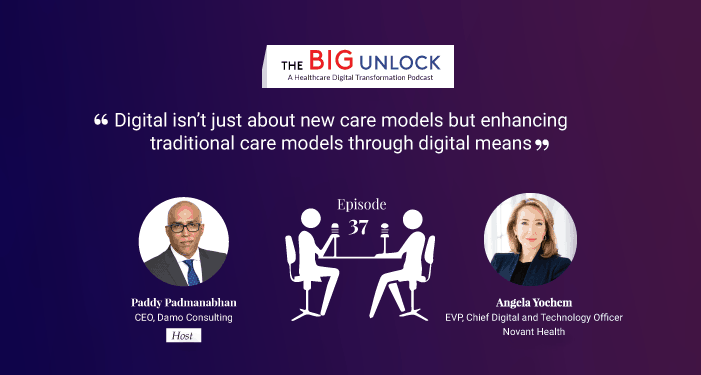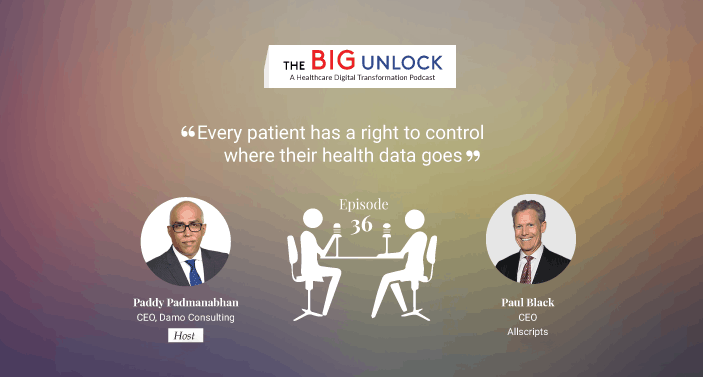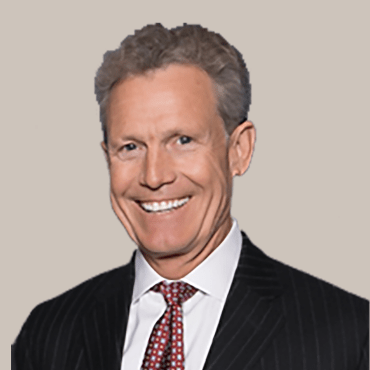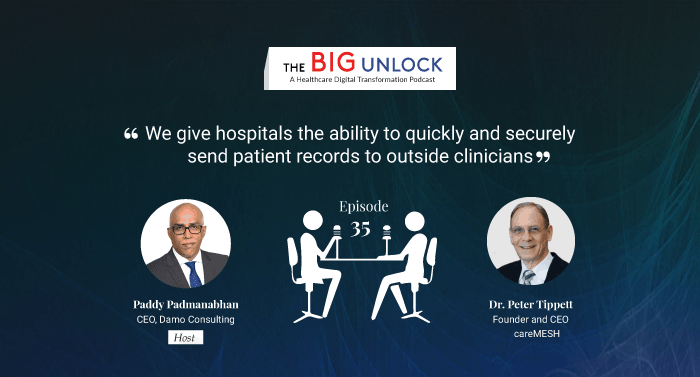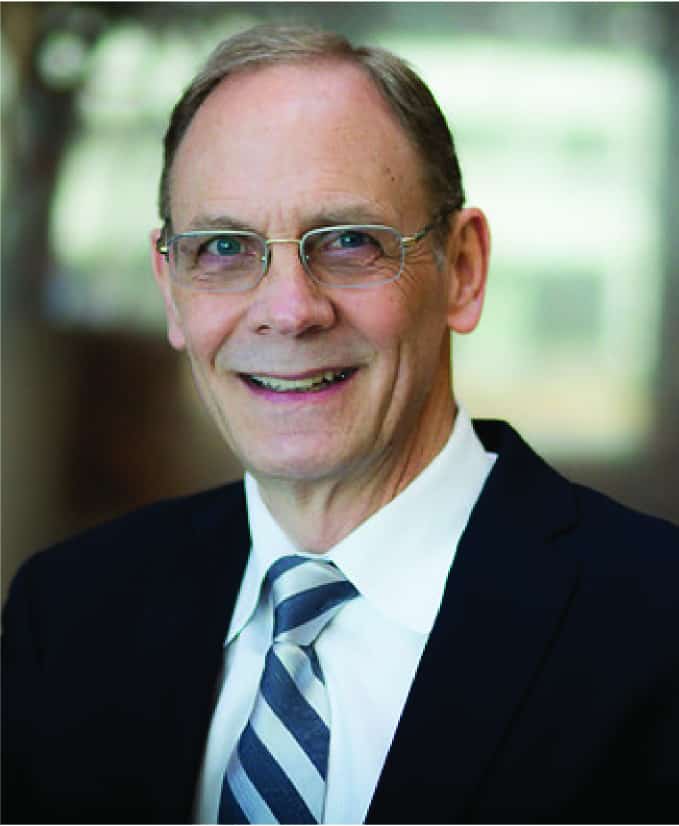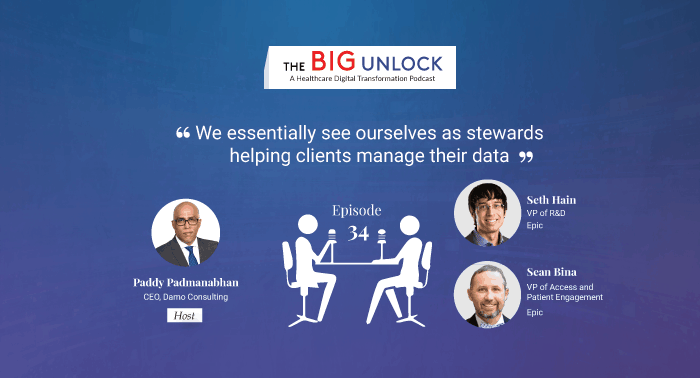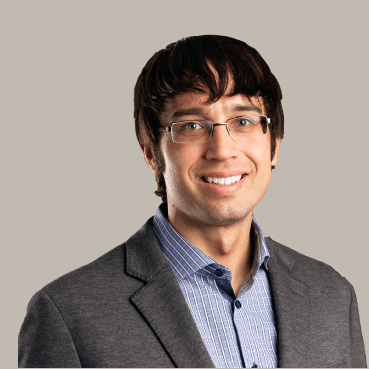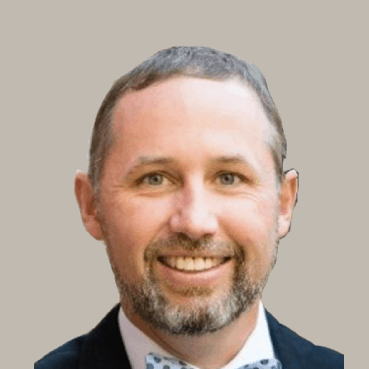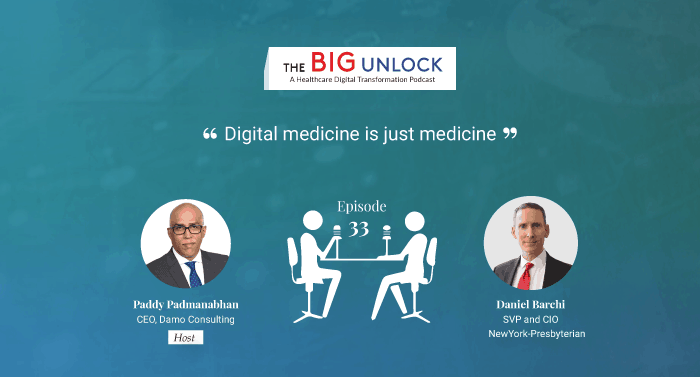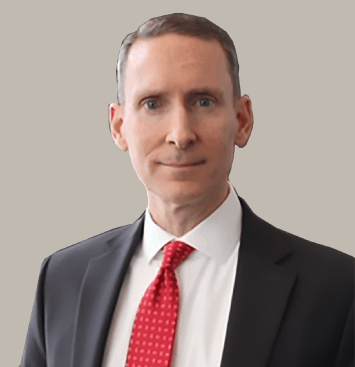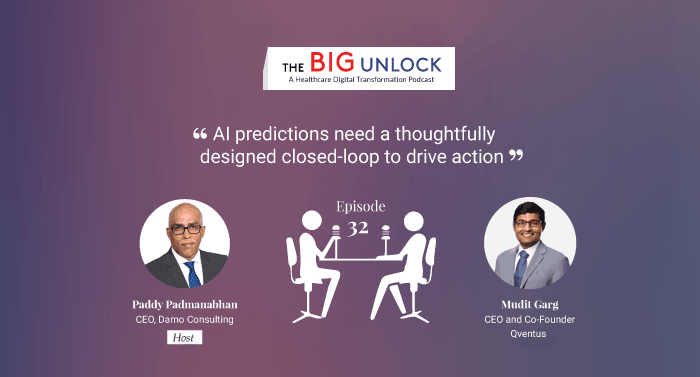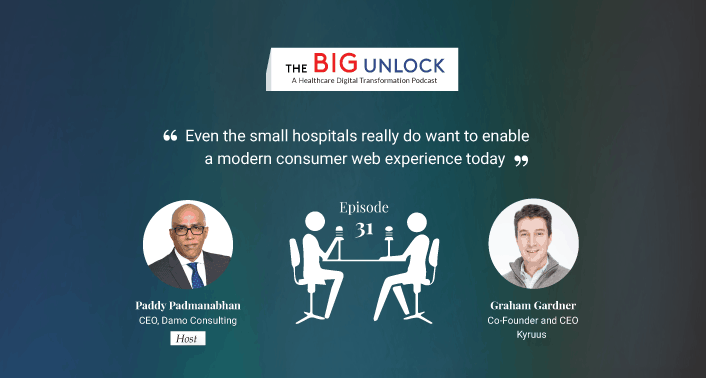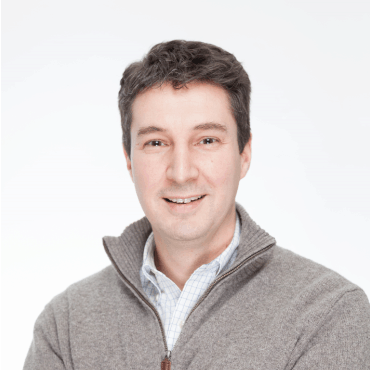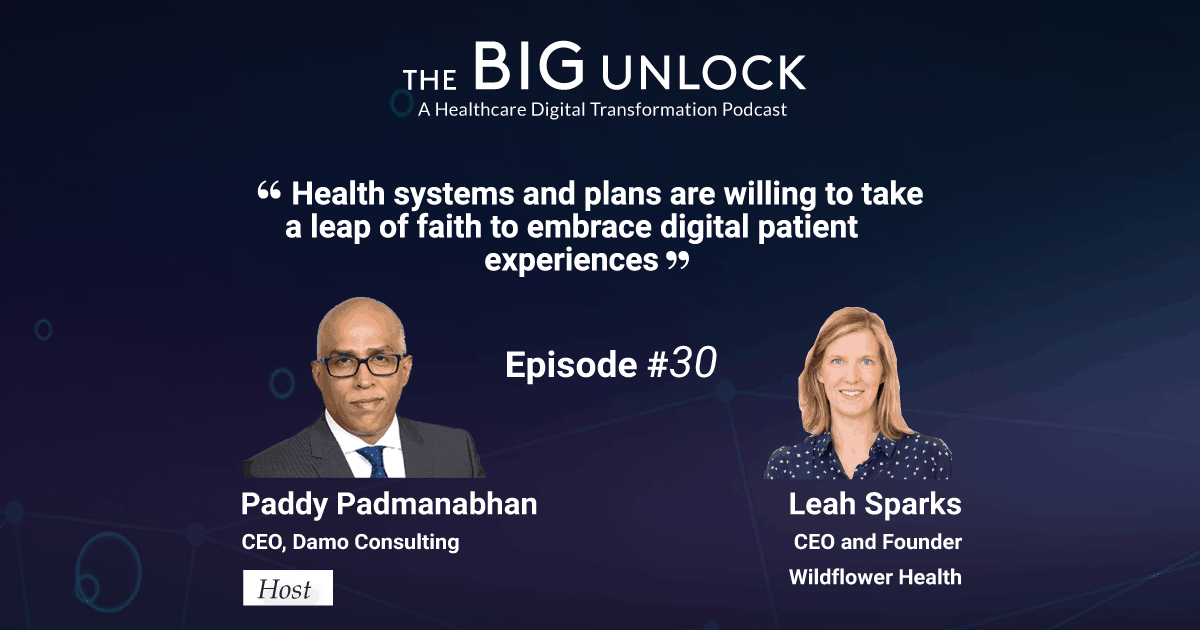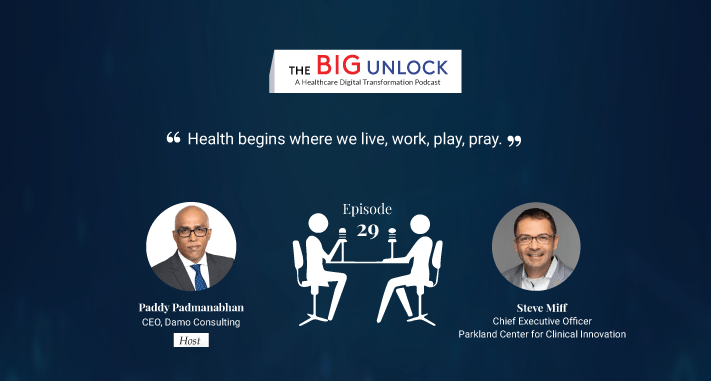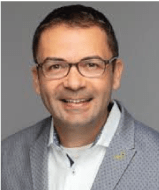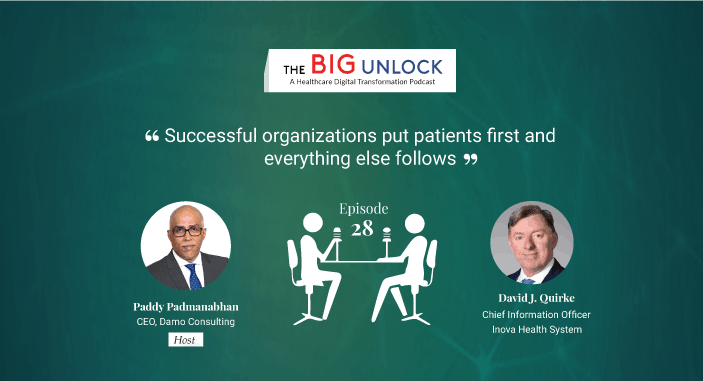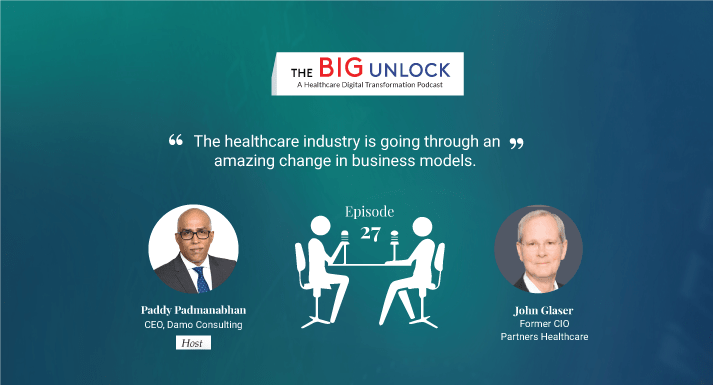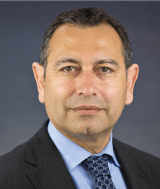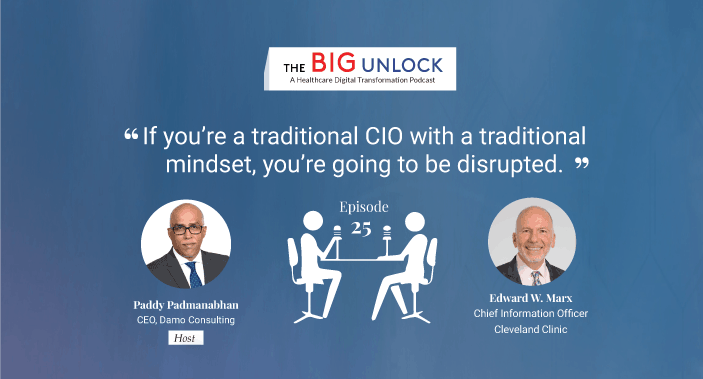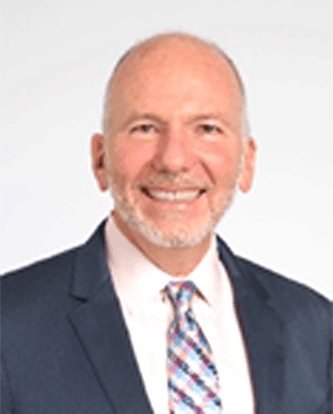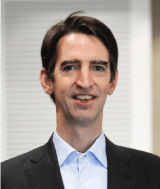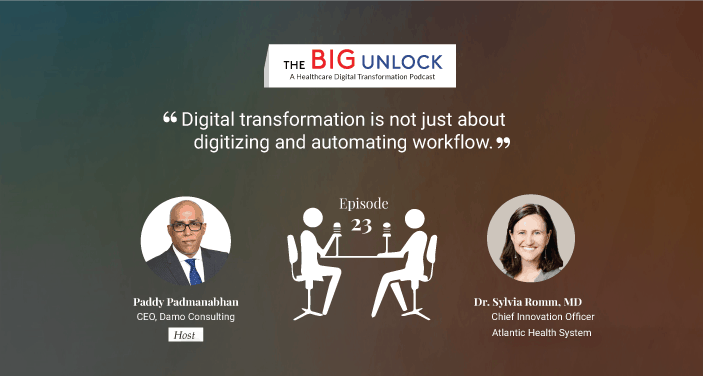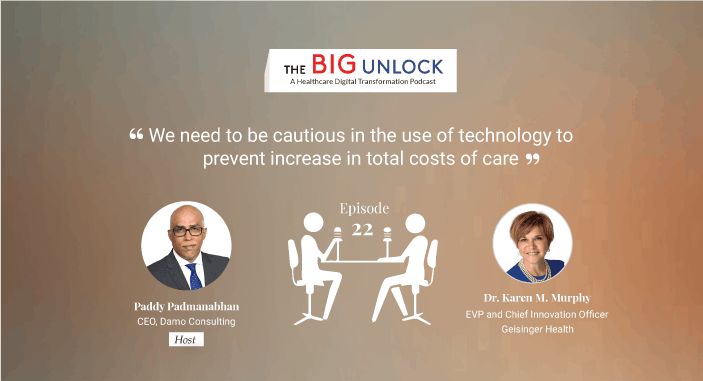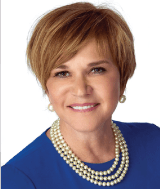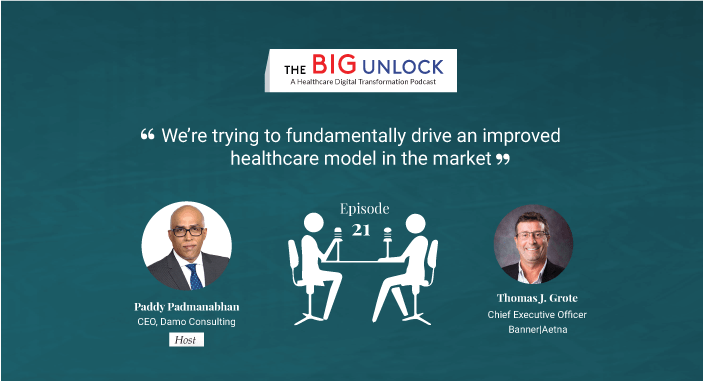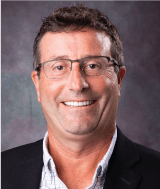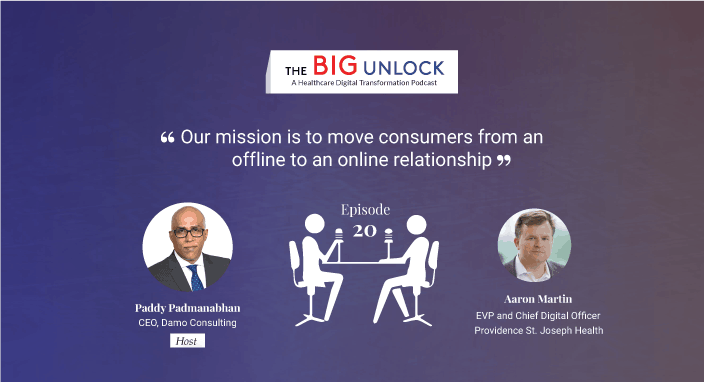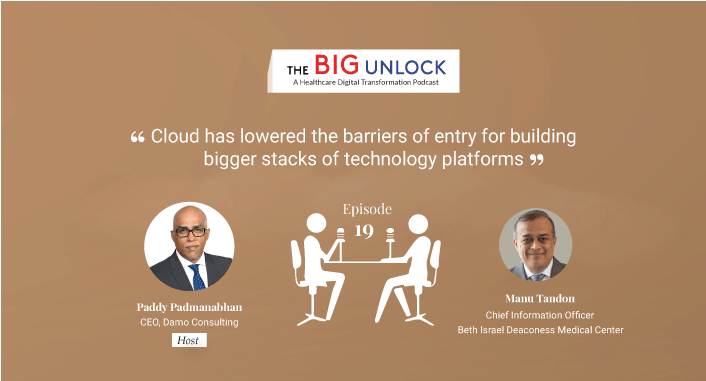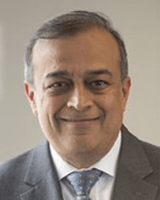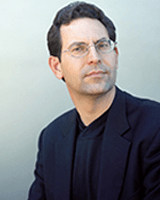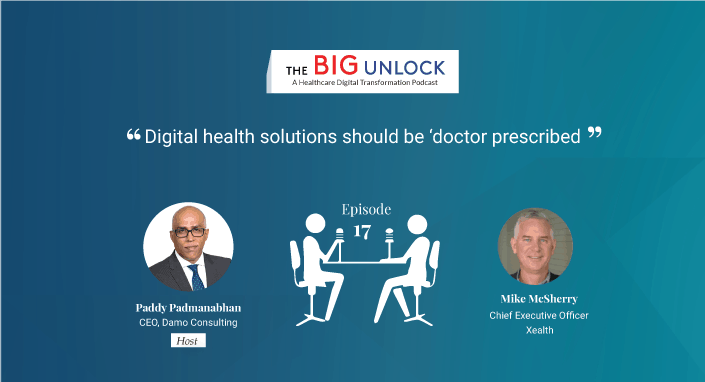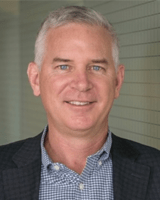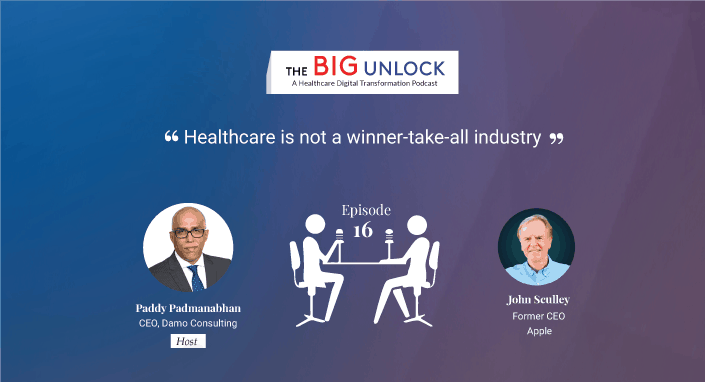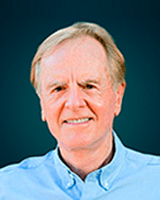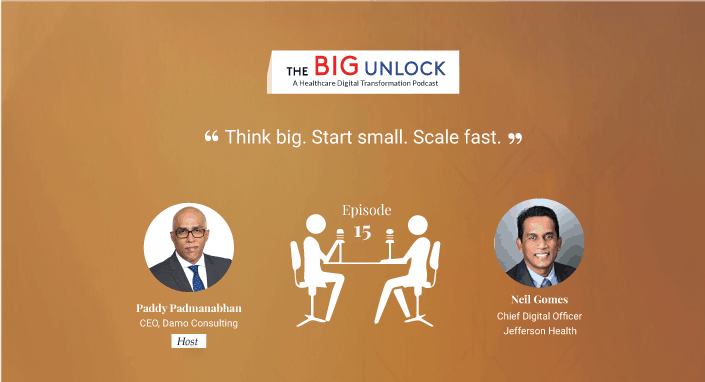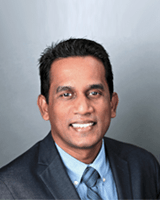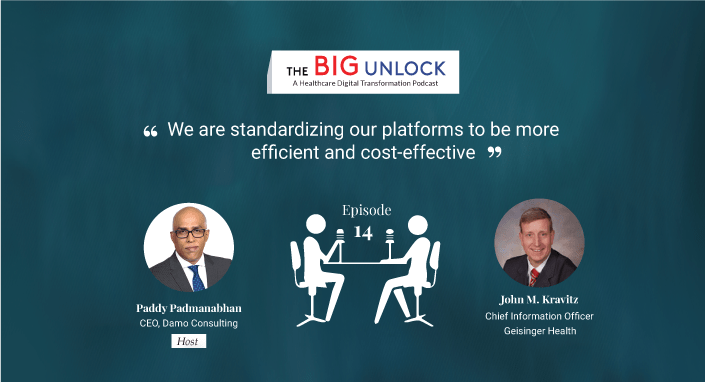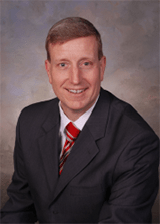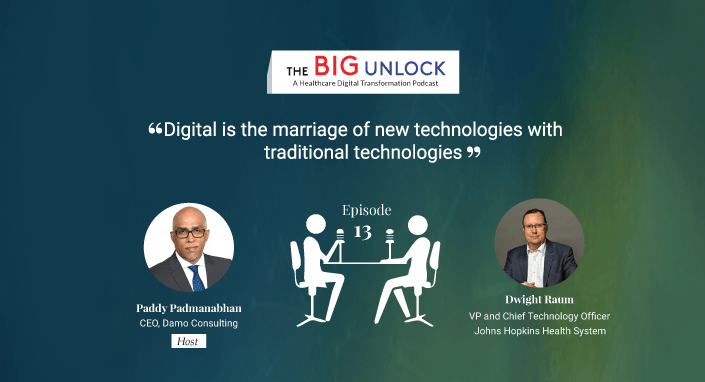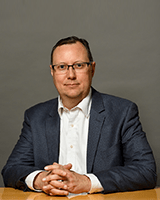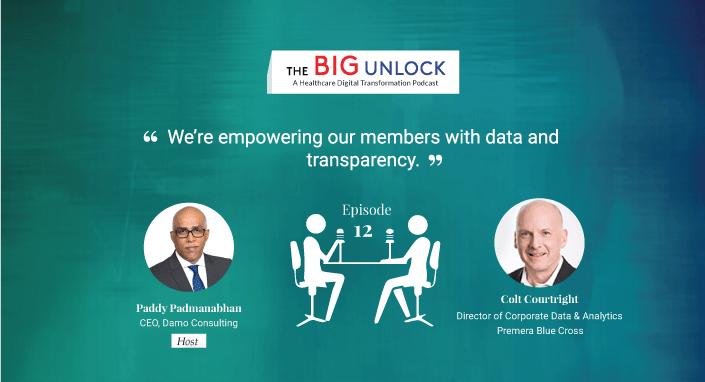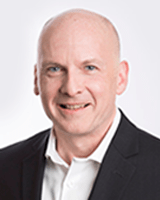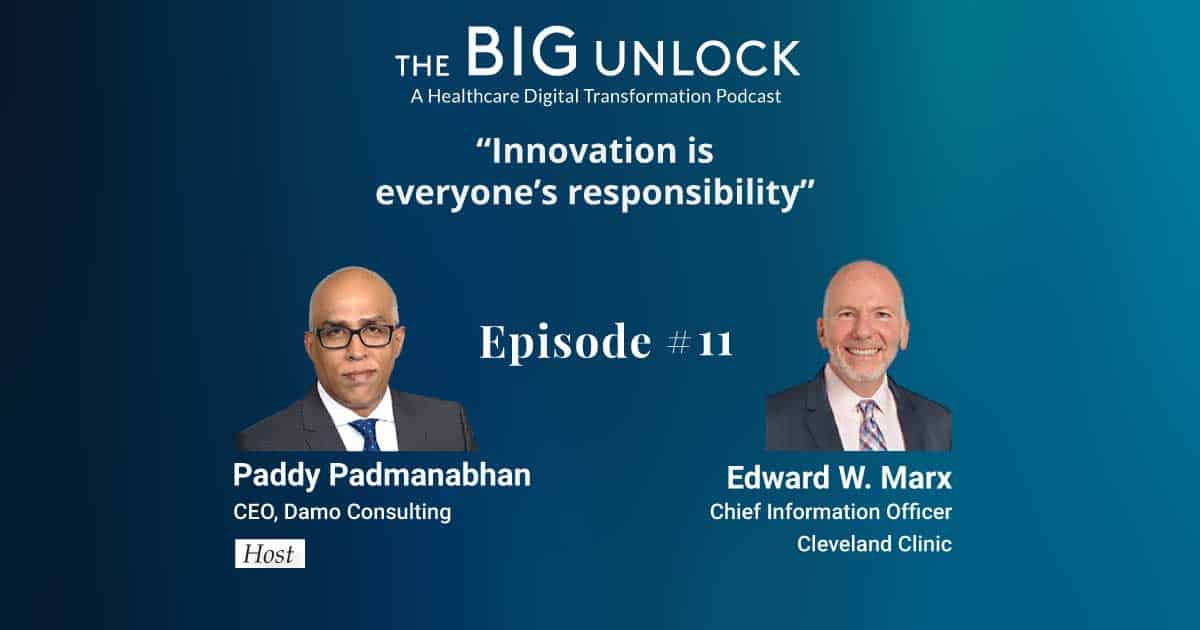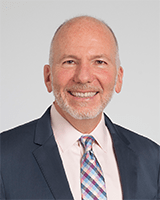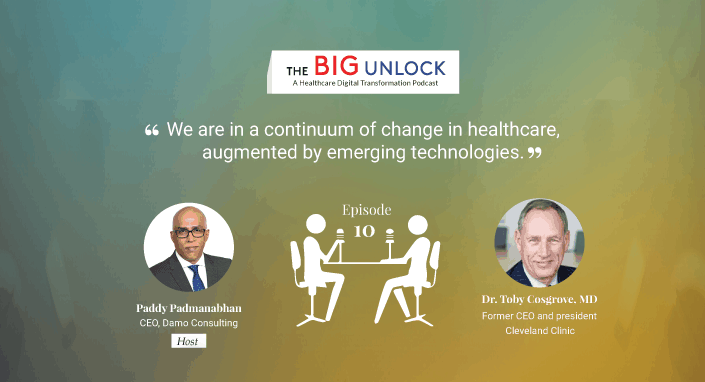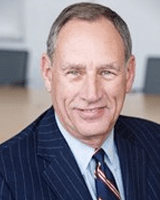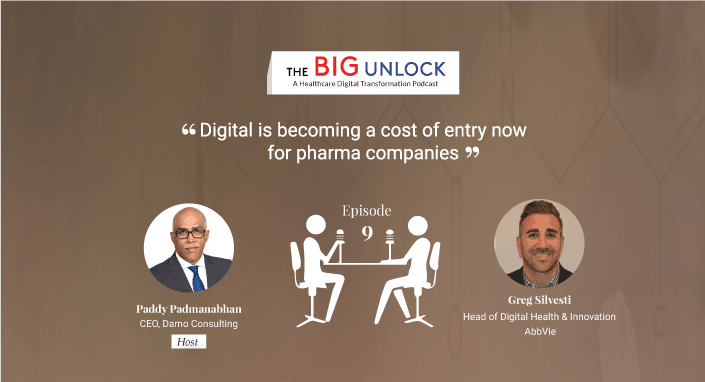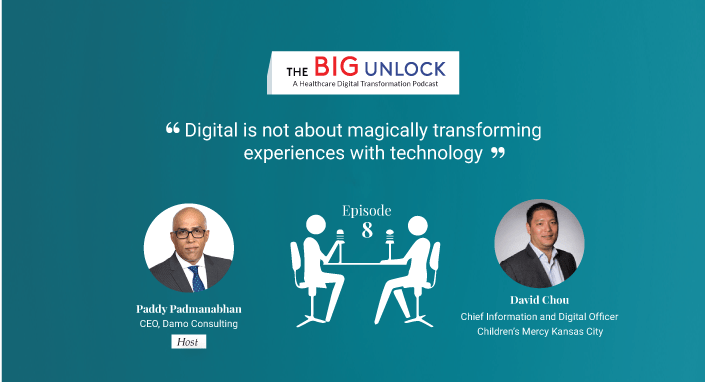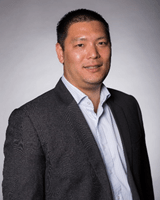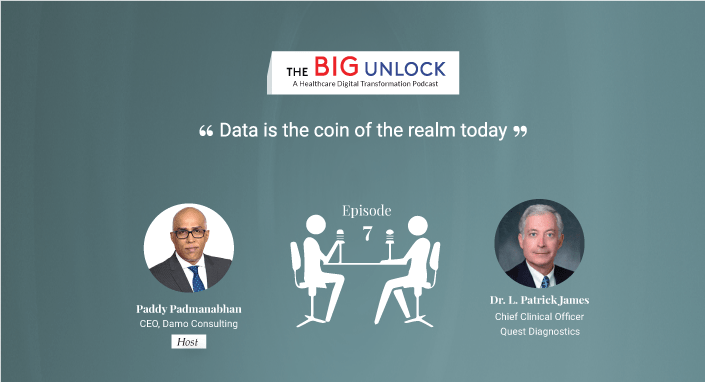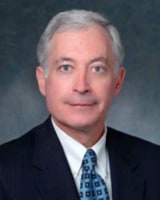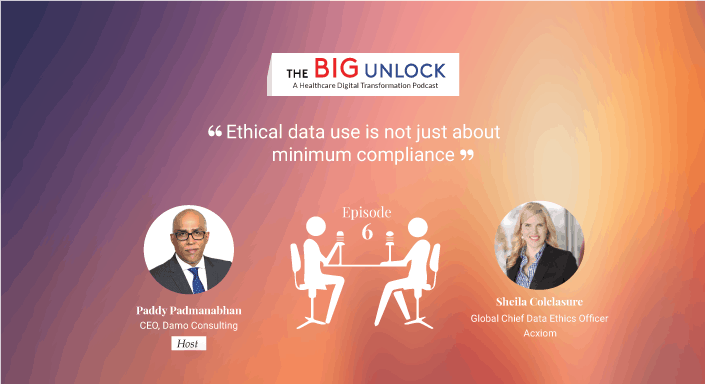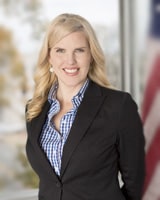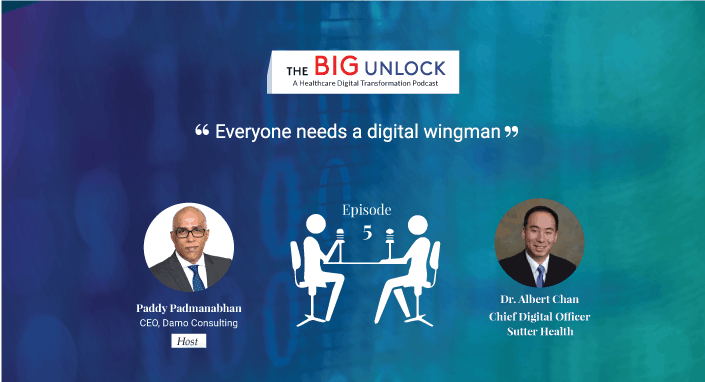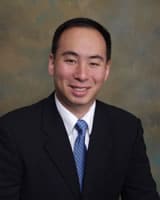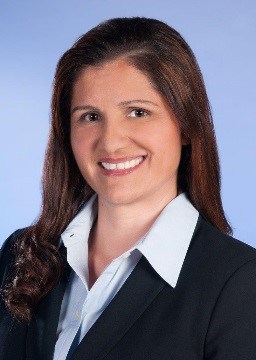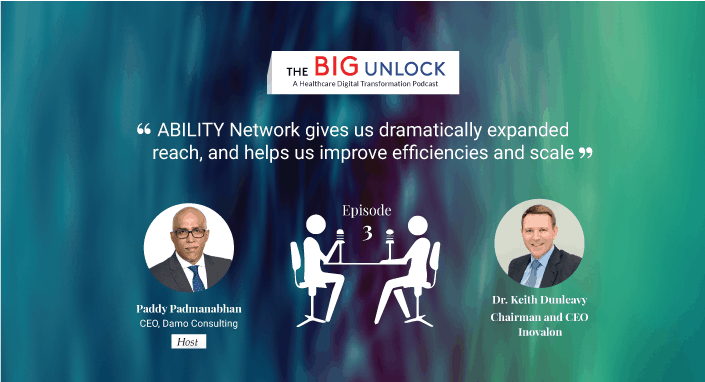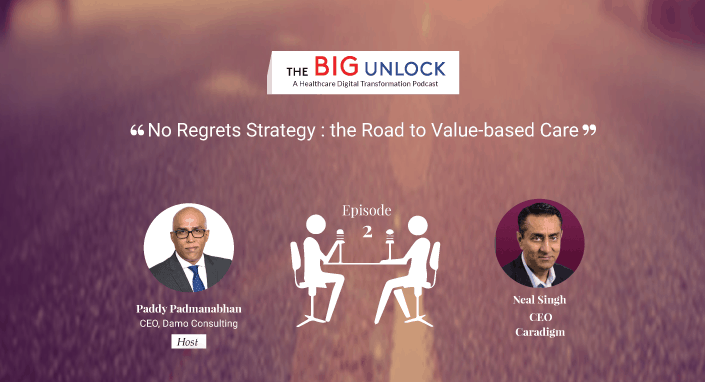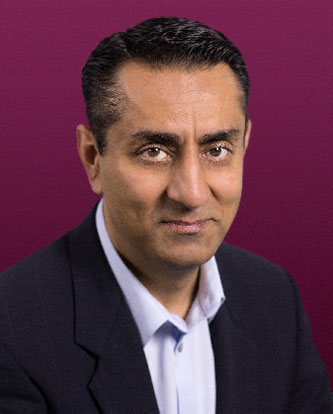Episode #37
Podcast with Angela Yochem, EVP, Chief Digital and Technology Officer, Novant Health
"Digital isn’t just about new care models but enhancing traditional care models through digital means"
 Hosted by Paddy Padmanabhan
Hosted by Paddy Padmanabhan 
Share
In this episode, Angela Yochem discusses how Novant Health, a $5.5 billion nonprofit integrated healthcare provider network based in North Carolina, focuses on improving care quality for consumers through advanced technologies. She also discusses her current role and responsibilities at the organization and how digital health is much more than digital front doors.
At Novant Health, digital care is not just about new models of care delivery using digital tools. It is also about enhancing traditional models of care delivery through digital means. Angela, along with her team, provide advanced digital capabilities to improve the quality of care for patients and community members and ensures increased access to care through digital means.
Angela believes that healthcare organizations must adopt contemporary methods and technologies to improve patient engagement and care delivery. However, this opportunity is closing rapidly due to the emergence of unconventional entrants in the healthcare ecosystem. In the podcast, she discusses how she and her team have developed approaches to identify and rapidly onboard innovative digital health solutions for high-impact areas such as stroke care. She advices health systems leaders to bring in people from outside of healthcare for diverse perspectives to solve the most complex problems.
Novant Health, Chief Digital and Technology Officer, Angela Yochem in conversation with Paddy Padmanabhan, CEO of Damo Consulting on the Big Unlock Podcast – “Digital care is about care delivery and enhancing traditional care models through digital means”
PP: Can you tell us a little bit about Novant Health and your role and perhaps also touch upon your unique org structure?
AY: Certainly. Novant Health is a $5.5 billion nonprofit integrated healthcare provider network. We have 15 major hospitals. We have between 650-700 clinics and physicians centers and about 30000 team members. As you can imagine, we’re focused on meeting our consumers’ needs by shaping new services and experiences that resonate with our consumers and the communities that we serve. Technology advances drive a lot of those expectations that our consumers have and certainly change the way we think about engaging with our patients. And, of course, our team members and the border communities. My position was added in late 2017. It was meant to provide a way to increase access to care through digital means and also to define how we can improve the quality of care by leveraging advanced technologies. And, of course, our unprecedented access to data that we enjoy in the healthcare space.
My teams, of course, helped the organization explore many ways that the digital capabilities that we provide can improve the health and the lives of our community members. I’m fortunate that I work for someone I would describe as a digital CEO, Carl Armato. This notion of a digital CEO I think is something that’s so important to so many industries today. Digital CEOs understand that advanced technology functions are essential to providing differentiated services and products regardless of industry and that the executive team for any company must have expertise in the tech field represented at the decision-making table so that they can identify those opportunities when they emerge. In my organization, we moved all of the roles, all of those related roles report to me. And that, of course, helps us reduce fragmentation and avoid conflicting investments or duplicative investments and technology and analytics space across the board. So my senior staff includes a Chief Information Officer, the Chief Technology Officer, our Chief Medical Informatics Officer, our CISO for cybersecurity, our Chief Data Officer and the Chief Digital Health and Engagement Officer, as well as an executive responsible for learning and research across the Digital Partner Services Group, which I believe is a strong, cohesive team of highly talented people from a variety of industries in a variety of backgrounds and credentials area. It’s been incredibly rewarding.
PP: There’s a fairly impressive set up there and we’ll talk about some of the initiatives that you mentioned. Novant Health is based in North Carolina. Is that right?
AY: It is. We’re headquartered in North Carolina. We operate primarily in three states and we have a footprint across five. And I guess what you’d call a super-regional.
PP: Angela, you came from outside the healthcare industry. What struck you the most when you came into healthcare and into this role? What is your assessment of the current state of maturity of digital transformation and digital health in the sector?
AY: Those are two very interesting questions. What struck me when I came here and in fact, one of the reasons I joined Novant Health is that the significance and the importance of the work being done in Novant Health, I mean, literally life and death work, right? Drives a tremendous appetite for adoption of the latest and greatest capabilities that would allow us to provide higher quality care, greater access to care, get better outcomes for our patients and communities. So, it’s that appetite and that ambition for improvement across the board and a passion that I think our team members bring, our clinicians bring at Novant Health that struck me that is so different than what I’ve seen in other industries. I had an opportunity to work with very, very smart, driven, amazing people across the other industries. But the life or death aspect of what it is that we do here just elevated that intensity and I’m the type of person that appreciates that intensity. So that’s one difference that I saw that I really appreciate it.
The other thing I’ll say in response to the second half of your question is that healthcare organizations have an opportunity to adopt more contemporary methods and technologies and architectures and philosophies related to engagement and the delivery of solutions sets to consumers and team members. And I’ll add that the window of opportunity for adopting more contemporary capabilities is closing rapidly. And I would say that based on the number of unconventional entrants that we’re seeing in the healthcare ecosystem.
PP: Defining digital health in terms of just digital front doors, is that too limiting? Should we be thinking about modernizing technology to your comment about bringing in contemporary technology and therefore expanding the scope of digital transformation? How are you defining digital transformation in your role?
AY: This is a fantastic point that you raise. Thinking about digital front doors and only that as being the scope of digital engagement is of course very, very narrow. At Novant Health, we define digital care in both the ways in which we use digital channels to offer care, which is what you’ve just described, but also in the ways in which we enhance our traditional models of care delivery through digital means. You see a lot of investment across the investor community in point solutions that are allowing us to provide as we adopt them. Unprecedented access to care using devices such as our on-demand TytoCare visits or, the ICU capability, tele-behavioral health, kiosks, and remote locations, community centers, and schools. All of these sorts of things are highly visible and they’re absolutely a real thing and a real focus area for us as well as for everybody else.
But to your point, we also focus very relentlessly on capabilities that increase the quality of care. I’ll give you a couple of examples. Earlier in 2019, we launched across all of our hospitals a stroke care solution. I’m sure that your listeners know what happens when a patient exhibiting stroke symptoms shows up in emergency department. But just for those who don’t, I will describe it very briefly. A stroke patient shows up, an emergency department whisks them back, puts them in a CT scanner. They get into a CT scanner, CT scanner runs. And then once the scan is complete, the images examined by the radiologist on call, who in turn might pass it along and see something that may need some care, some attention, will then pass along to the physician on call who then engages the neurosurgeon on call and somebody at some point ready for the operating room. And if there’s some sort of operable occlusion, the patient is treated in that operating room. My understanding is that the national average is somewhere in the mid-50s of minutes. So, between the time when the patient shows up to the time when the operation is being conducted, and if you think about a stroke patient losing a couple of million brain cells a minute, give or take, that’s a lot of minutes. It’s a lot of brain cells lost. So, we have partnered with a third party called Viz.aI who receives the CT scan data while the scan is still being conducted. So as soon as the patient goes into the CT scanner, in any of our hospitals, we stream the data into the Viz.aI environment and they apply AI-based algorithms to the streaming data as it comes through and they can identify an operable occlusion if it exists well before the scan is complete. And so, their solution actually sends the scan to the neurosurgeon on call and makes a notification to the OR so that we have treated patients in as few as 14 minutes from the time they show up to go and see department exhibiting stroke symptoms. Big deal. Our average amount of time with this AI solution in place is about somewhere between 22 and 25 minutes. Well below the national average.
Now coming back to an important point, between the time when we learned of the existence of this type of solution and the time we had it in all of our hospitals, its four months. So, it’s not just about adopting solutions that are truly life changing, life saving for our patients. Increasing the quality of care in this example in the stroke protocol. It’s also about preparing the environment so that you can adopt rapidly these sorts of solutions without the traditional sort of year-long analysis phase that might go on otherwise.
PP: Can you share any early learning, any data points that could benefit our listeners and all those who are implementing these kinds of tools for improving patient engagement?
AY: Absolutely. One of the things that was so interesting when we launched this digital health and engagement division, which is led by a practicing family physician and a strong team of people from a variety of backgrounds, is that the appetite in our patient community is so strong for helping us as we develop these solutions. Our strategy for everything we do at Novant Health starts with the patient. We want to know how we can eliminate their pain points, what do they need, how can we change to meet those needs, and so on. So, when we announced the creation of this division, we ended up having 7500 patients sign up to be members of this group we call ‘community voice’. So, this is a group of patients, community members, and caregivers who’ve agreed to be our focus group and sometimes a pilot group for new digital capability.
So, the learning that I would pass along to others is the appetite exists. And you can have a very, very large sample set of participants as you run experiments with new ways of engaging your patients digitally. I think you have to figure out how you’re going to manage that community, which we’ve done and obviously which can be done. It’s been a wonderful success. And the most recent example I’ll give you is our exclusive partnership with a company called TytoCare.
So, it’s just soft launched in North Carolina and it’s for On-Demand remote medical exam. We’ve had On-Demand video visits forever. TytoCare is a device that’s about the size of the palm of your hand and it has a variety of peripherals that plug into it. And these devices, when used by patients or caregivers, allow them to connect with a Novant Health provider who can virtually examine the heartbeat, the lungs, look at the breathing, look at the skin, look in the ears, look down the throat, look in the eyes, look at the nose, check the abdomen and so on, from wherever they are. And all of these examinations are not only being guided by remote provider but in the case where a patient might want to do the self-exam without a provider live, then the device itself will guide the patient through the process, analyzing the signals coming in from the advanced sensors and the device in real-time and using those signals to tell the patient how to adjust the device.
For example, if your patient is trying to capture a picture of his or her own eardrum, then the device will guide the patient until the image of the eardrums is collected and then it’s automatically, immediately saved in the electronic health record for that patient. So, a really interesting advancement in providing access to care. For anybody who’s ever had a child who suffers from multiple ear infections, if you can imagine, 10:30 at night your child exhibiting ear infection symptoms, wouldn’t it be great not to have to worry about taking off work the next day and trying to get the child an appointment and instead allowing an exam to happen right then, having the ear infection diagnosed right then and having the prescription called in right then and the child gets to start taking the treatment immediately before even going to bed that night. So, this is the sort of thing that the team is working on and doing some fairly groundbreaking work in our region.
PP: You’ve had great success in having your patients engage with the digital tools that you’re putting out and have thousands of patients sign up and be a part of it, willing to participate. Now you’ve got a self-triaging kind of a tool through the TytoCare device. So, it seems like that is a recurring theme that you’re getting patients engaged in their own care instead of having to push it out to them. And you’re getting a fair amount of success in the virtualizing care through advanced technologies. Am I getting it right? Would you agree with that assessment?
AY: I do agree with that assessment, but it’s a journey that goes on constantly. So, this is not a space in which we can rest on laurels. This is not a space that remains stagnant by any stretch. We have to continue to adjust to emerging patient expectations, the needs of our communities as they evolve. And those are the sorts of things that I think keep us on our toes. And that’s why we built these constructs that allow us to continually look for these opportunities and run experiments with some of the technologies so that we understand what the impacts would be and how to prioritize the work.
PP: Can you talk a little bit about what your goals are for the Institute of Innovation and AI and how you are harnessing data to drive these improved experiences? Talk a little bit about the institute itself and the goals, if you could.
AY: Sure. So, we launched the institute this past year. I co-founded it with Dr. Eric Eskioglu, who is our Chief Medical Officer. He happens to be a practicing neurosurgeon and before he was in medicine, before going to medical school, he was actually an aerospace engineer. So, he’s a rocket scientist. So really great partner to have as we think about things related to innovation and artificial intelligence and other advanced technologies that really need never be explained to him. He’s always there as a tremendous partner with me, as a digital leader. So, when we launched the institute, the goal was to identify these technologies that may not even be commercially available? How do we use them to accelerate solutions that allow us to provide the highest quality, highly personalized care.
The constructs allow us to work with our very engaged physician community, as well as other team members from across the system and partner very easily with a variety of third-party types. We partner with members of the startup community. We partner with universities and other research organizations, other healthcare organizations. A variety of unconventional partnerships tend to be crafted as part of the work that we do inside of the institute. And ultimately, this allows us to run rapid experiments with new solutions that understand impact based on real data that we can collect, not just, suppositions, better engage the broader community inside of Novant Health to get involved in making these game-changing advances for our patients and in our practices and also to best manage investment so that we’re not a naturally fragmented in the sorts of experiments that we run across the board. It’s been a great success in the sense that we’re able to do the work rapidly and with a feeling of having the right experts in the room at the right time.
PP: Can you give us the State of the Union on data interoperability and how are you really harnessing all the emerging datasets that we’ve talked about? We tend to talk a lot about EHR data, but there’s so many other emerging data sets. How are you actually harnessing the data for all the insights that you can potentially generate or some of your programs? Can you talk about that?
AY: Let’s break this down a little bit. So when we think about the broader state that we manage, what are our assets? What do we bring to the solutions that we define for the toughest problems that we’re facing in healthcare? Data is one of those assets. We have patient clinical data. We have consumer data. We have behavioral and trend data. We have our business’ master data. We have a variety of data from many, many sources. We have to have a place where the data can reside and we can apply functional capability to it.
Functional capability is expressed through a variety of solution sets. Some are homegrown, others are provided by various third parties. As we’ve discussed already, we have digital assets that provide care and other access related capabilities to our patients and our communities. We have capabilities that support the running of our business and other foundational elements. Many of these capabilities can and should be provided by a traditional healthcare vendor like an EHR vendor. It is about about data. It’s best for us to focus on creating an architecture that can allow for interoperability between solution sets and various third parties in a highly secure fashion. That’s how we get the most out of the unprecedented access to data that we have. This is what’s going to allow for rapid adoption of potentially differentiating services for our patients. This is what leads to that extreme personalization in all engagements with patients improving the quality of their care through faster diagnosis, breadth of treatment options and of course all the other advanced tech that we can apply to it.
With such extraordinary availability of data and the things that we know we can do within the existing constraints, and within our existing agreements that we have that patients for the usage of the data. We are watching with great interest this debate and the deliberations that are ongoing. And while I don’t have direct visibility into how those considerations are playing out, my hope is that the eventual ruling will benefit our patients. And meanwhile, the things that I can control are the architectural choices that I just mentioned. As long as I stand ready to be as interoperable as possible and as secure as possible across the board, then whatever the decision is, we will be best positioned to serve the patients and communities.
PP: Digital programs, in general, are in early stages of maturity and there’s a long way to go to your point earlier that it is a journey that is by no stretch it’s all done kind of thing. So how do you actually keep track? How do you measure progress? How do you keep score of whether a program is working or not?
Well, so we look at outcomes fairly consistently across the board. So, we measure the quality of our care through a variety of mechanisms. We measure the access to care, the ability that patients have to access care at Novant Health. We in the digital channel space have all of the usual measures that other industries have been using for engagement, for digital engagement, and we certainly track that because we are a business and we’re a rather large business. We track how we can continue to provide advanced capabilities to our patients and community still within an acceptable cost structure.
So, all of those sorts of things are measured as you’d expect them to be. I think that is the most important thing that is specific to digital capability to be able to measure and track progress. The nature of how we’ve defined progress outside of these broad buckets that I just mentioned would be different from case to case. But measurement is one of the most important things we can do post-launch. You’re not done when you’re launching a product or a solution. You are never done. The incorporation of the measures and the results that you’re getting should always feed into the next decision cycle and in our case that has a relatively short window of time.
So we continue to iterate on all of the services and products that we deliver to our communities as well as to our team members inside of Novant Health. As we think about how we are acting as stewards of the resource that our companies have that are so important to us ultimately to the health of our communities.
PP: Any final thoughts that you’d like to share with our listeners as it relates to how they could be looking at their digital programs or anything from your own experience as a best practice?
AY: One of the things that has been such an accelerator for us here is the creation of the chief data officer role and corresponding organization, which include the Cognitive Computing Group, which includes Enterprise Information Management Organization. These sort of constructs and the corresponding investment that allowed us to accelerate some of those foundational capabilities t are absolutely required in advance of being able to do any of the more exciting things we’ve talked about that are more functional in nature.
So, getting those foundations right is important. That doesn’t mean you have to take a couple of years to do it. It has been done in other industries. My advice to other healthcare systems is unless you are in need of additional health care expertise, don’t be afraid to pull people in from outside of healthcare because it’s a gift to allow them to participate in such a wonderful industry. And it will be a benefit to the industry to have diverse perspectives involved in solving some of our most complex problems.
We hope you enjoyed this podcast. Subscribe to our podcast series at www.thebigunlock.com and write to us at [email protected].
Disclaimer: This Q&A has been derived from the podcast transcript and has been edited for readability and clarity.
About our guest
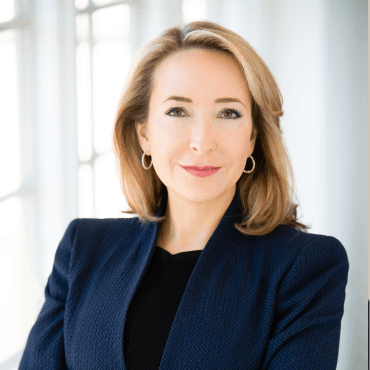
Angela Yochem is EVP, Chief Digital and Technology Officer for Novant Health, a super-regional healthcare system with one of the largest medical groups in the US. She and her teams deliver the world-class consumer capabilities, differentiating technologies, and advanced clinical solutions that allow the high-growth system to provide remarkable patient care.
Angela has served as EVP/CIO at Rent-A-Center, Global CIO at BDP International, Global CTO at AstraZeneca, and divisional CIO at Dell. She’s held tech exec roles at Bank of America and SunTrust and held senior technology roles at UPS and IBM. In these roles, she built B2B digital product lines, grew digital retail channels (B2C), created technical services lines of business, and transformed global technology capabilities.
Angela has been a Director for the Federal Home Loan Bank of Pittsburgh, BDP Transport, BDP Global Services Asia and Europe, and Rocana, with experience on Audit, Enterprise Risk, Operational Risk, and Governance/Policy committees. She remains an EIR for Vonzos Partners, a Mentor for SKTA Innopartners, and an Advisor for Dioko Ventures. Angela serves on the board of Freedom School Partners, a non-profit committed to promoting literacy in the Charlotte area, and on the executive team of the Go Red for Women organization, part of the American Heart Association. She is a Trustee of the Charlotte Regional Business Initiative and is an advisory board member for the American Hospital Association Innovation Council and the University of Tennessee Electrical Engineering and Computer Science department.
Angela has a Bachelor of Music from DePauw University and a Master of Science in Computer Science from the University of Tennessee, holds three US Patents and is an author with Addison-Wesley and Prentice-Hall.
Recent Episodes
About the host
Paddy is the co-author of Healthcare Digital Transformation – How Consumerism, Technology and Pandemic are Accelerating the Future (Taylor & Francis, Aug 2020), along with Edward W. Marx. Paddy is also the author of the best-selling book The Big Unlock – Harnessing Data and Growing Digital Health Businesses in a Value-based Care Era (Archway Publishing, 2017). He is the host of the highly subscribed The Big Unlock podcast on digital transformation in healthcare featuring C-level executives from the healthcare and technology sectors. He is widely published and has a by-lined column in CIO Magazine and other respected industry publications.
Connect

